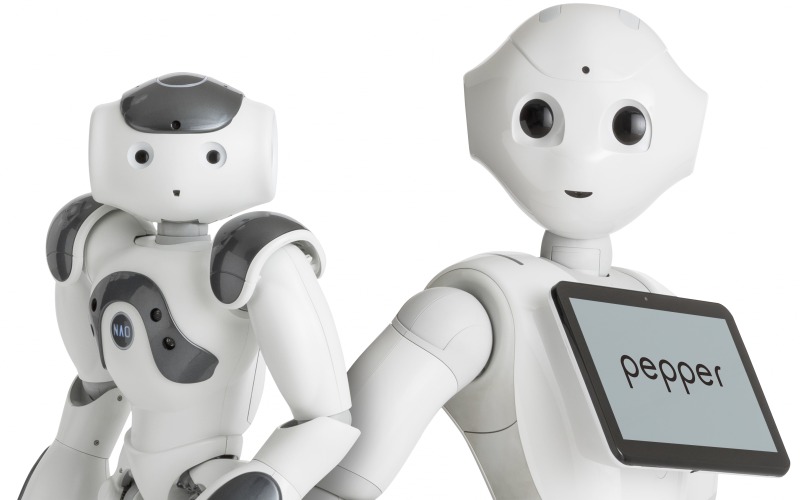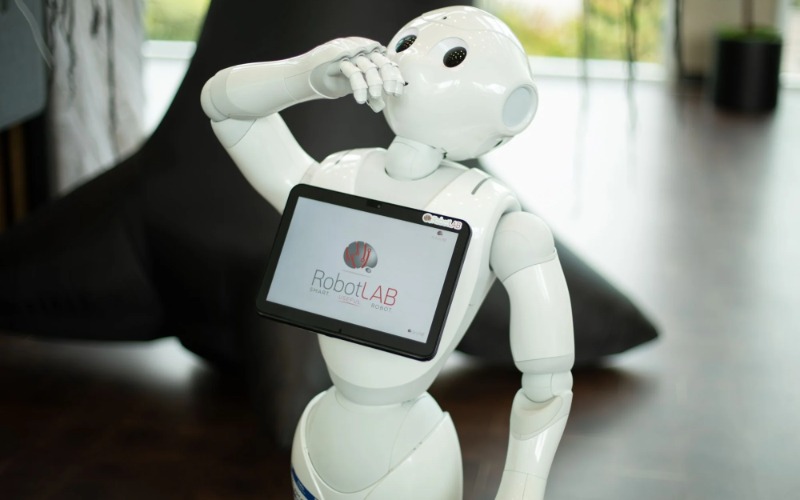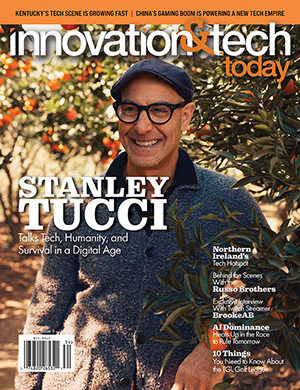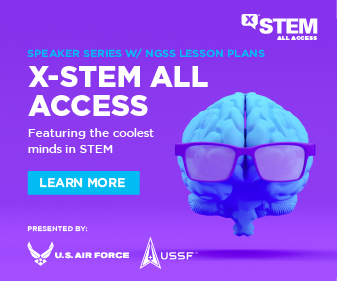As industries continue to grapple with labor shortages and the increasing demand for efficiency, service robotics is emerging as a key player in reshaping the workforce.
In his book Our Robotics Future, Elad Inbar, the CEO of RobotLAB, offers a compelling argument that robots are not here to replace workers but to fill the critical gaps where human labor is in short supply.
In this exclusive interview, Inbar elaborates on his belief that robotics will not only enhance job opportunities but create entirely new pathways for human workers.
Innovation & Tech Today: How do you see robotics redefining the entry-level job market, especially in sectors like hospitality and healthcare?
Elad Inbar: Robots are helping where people are not available anymore. Robots can do mundane tasks without complaints, repetitively, and with the consistency that is needed for a successful job. For example, a vacuum cleaner robot will cover almost 100% of the carpet, three times a day, making hotels and assisted living facilities cleaner, while people are known to be “spot cleaners” and never get to this type of floor coverage. But when thinking about it, no one wants to push a vacuum cleaner for 8 hours a day, it’s not a task humans should be doing—and that’s why it’s so hard to hire for these positions.
I&T Today: You’ve mentioned that the “Star Trek Economy” is closer than we think. Can you elaborate on what that means in practical terms?
Inbar: If you think about it, at Star Trek, no one works, we never saw the kitchen, we never saw the storage facilities on the ships, the corridors and rooms are always clean—how is that happening? The whole premise is that humanity got to the point where we automated everything mundane in our lives, and were able to climb up on Maslow’s Pyramid of needs, from the “work, pay bills, get shelter and food, so you could go to work, to pay your bills…” rat race, to a more fulfilling existence, such as exploring the stars. The price of everything we consume in our economy, when fully automated, will drop to near zero, with an absolute abundance of everything that we need. This, in turn, allows us to elevate our existence into a higher place, which makes humanity better.

I&T Today: In the Star Trek universe, automation and AI create an economy where human labor is no longer necessary for survival. Do you foresee a future where people work by choice rather than necessity?
Inbar: Absolutely! That’s the big premise of robotics and automation! And we are nearing that point in time. What I think most people miss is the pace of the changes, which surprises even me, and I’ve been running RobotLAB for 17 years now!
I&T Today: What industries have been the most receptive to service robotics so far? Are there any sectors where adoption has been slower than expected?
Inbar: Hospitality mainly (cleaning hotel corridors, and warehouses) and delivery robots (to move boxes and pallets) are the top-performing markets now. These mundane positions are constantly understaffed, and technology has finally matured to the point that it offers a clear ROI for every business owner. In all honesty, no market is “slower” than others. Every business owner knows that it is impossible to hire for entry-level, mundane positions, and they find robots as a great tool to do so.
I&T Today: RobotLAB has deployed robotics in major chains like Hilton, Marriott, Disney, and Universal Studios. Can you share a specific success story that highlights how robotics transformed operations in one of these businesses?
Inbar: In hotels, robots are mainly cleaning public spaces—corridors, ballrooms, reception areas, parking lots, and even tennis courts. We have robots cleaning amusement parks ride’s waiting line (the zigzag we go through to go on rides), as the entire park needs to be cleaned between 10pm when the park closes, and 7am the next day when it re-opens. With the lack of employees willing to do it, how are they going to clean it?
I&T Today: AI-driven robots are becoming increasingly sophisticated. What advancements in AI do you think will have the biggest impact on the robotics industry in the next five years?
Inbar: AI is the “brain” behind the physical object—the robot. AI helps the robot process sensor data, and plan a better path, avoid obstacles, improve area coverage, cook meals to perfection and even monitor activity after hours, analyzing anomalies. The robots can not function without AI, and AI can not control the environment without a physical presence.
I&T Today: What role do you see humanoid robots playing in the service sector? Will we see them working alongside humans at scale anytime soon?
Inbar: Humanoid robots are the “holy grail” of robotics, as they are versatile and able to interact with our human-built environment. When you think about it, our entire environment was built for the human form. From the button of the elevator to the remote control of the TV, and over to the handles of the fridge. Building a single-purpose robot is not going to help us with the variety of tasks we have to complete. Just like humans, robots need to be flexible and adaptable to the situation.
I&T Today: Many businesses hesitate to adopt automation. What advice do you have for companies considering robotics but unsure where to start?
Inbar: Cost is not the issue. A delivery robot as an example, starts from around $15/day, not per hour, per day! This robot can work 10-12 hours on a single charge, and deliver meals in a restaurant who can’t hire a busser for $15/hour, let alone a day.
A cleaning robot that can cover 100,000 sqft per day autonomously, cleaning the floors, discharging dirty water, and refilling fresh water by itself, costs around $25/day. We can not hire anyone for $25/day to clean 100,000 square feet. It is literally impossible.
Training is not an issue as well, for the operators, it is as simple as using any app on any tablet. No programming or a PhD in robotics is needed.
And lastly—our teams (we have 34 locations nationwide, and growing!) are coming on site to deploy the robots, and create the digital map robots need in order to get from point A to point B. so the customer doesn’t need to be concerned about. The same teams are supporting the customers on site if there is an issue with either robot, the software or environmental changes.
I&T Today: What are some of the biggest misconceptions about service robotics that you hope your book helps to correct?
Inbar: The robots are taking jobs, and we are all going to be obsolete and homeless. As I constantly tell my team here at RobotLAB, you will not be replaced by a robot or an AI; you will be replaced by someone who knows how to use robots and AI to be more productive. So, upgrade your skillset to be competitive. Robots and AI are tools, and they need humans in order to create things. In the same way, a knife, a fridge, and an oven cannot make a meal, they need the chef to cook, and the chef cannot make a meal without the fridge, the knife, and the oven. So, getting the education and experience with these tools is essential to everyone’s success in the 21st century.











